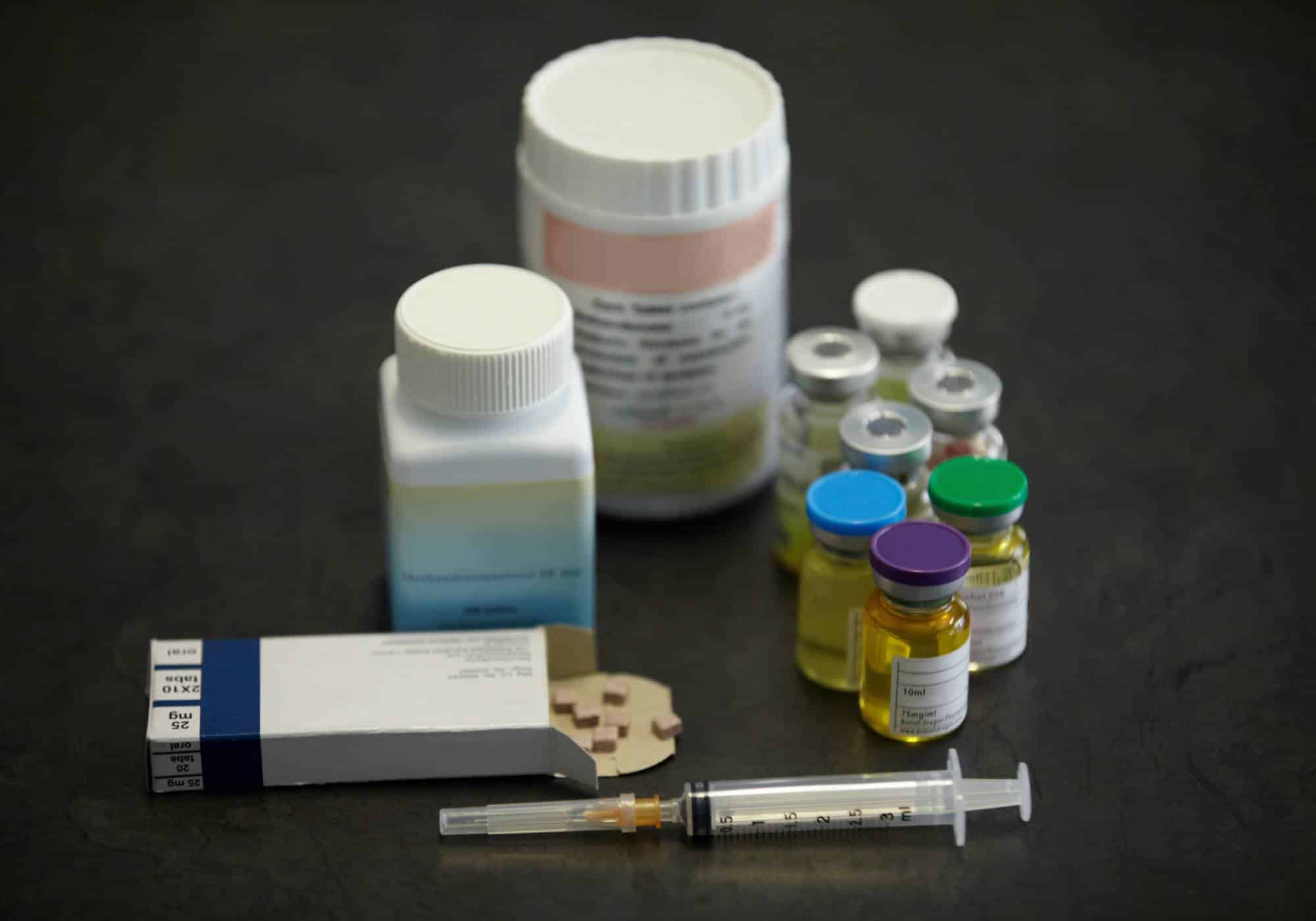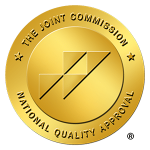Kratom, a plant gaining popularity for its potential medicinal qualities, has seen a surge in use in recent years. Despite claims of its benefits, numerous users have reported experiencing withdrawal symptoms upon stopping its use. While Kratom is not classified as a controlled substance by the Food and Drug Administration, it’s important to note that it is not recognized for any medical use and is considered a drug of concern. This article aims to provide a comprehensive overview of Kratom withdrawal, the duration of Kratom in the system, and the nature of Kratom rehabilitation.
Should you or someone you know be facing challenges with Kratom addiction, don’t hesitate to contact our kratom rehab, or complete the form below. Our admissions team is ready to provide the support and guidance needed.
What Is Kratom?
Kratom, a tropical evergreen tree from Southeast Asia, is indigenous to regions like Thailand, Malaysia, Indonesia, and Papua New Guinea. For centuries, the leaves of the Kratom tree have been utilized in traditional medicine, offering relief for pain, anxiety, depression, and even aiding in opioid addiction treatment.
Kratom’s main active ingredients, mitragynine and 7-hydroxymitragynine, interact with the brain’s opioid receptors, eliciting effects akin to opioid drugs. This attribute has garnered Kratom attention as an alternative for managing pain and easing opioid withdrawal symptoms. However, it’s important to note that Kratom can be habit-forming, with the potential for addiction and dependence.
What is Kratom Withdrawal?
Kratom withdrawal refers to the range of symptoms experienced when someone who has been using kratom regularly stops or significantly reduces their intake. Kratom, a plant native to Southeast Asia, has psychoactive properties and can lead to dependence with prolonged use. Withdrawal symptoms typically include physical discomforts such as muscle aches, insomnia, nausea, and emotional disturbances like anxiety and irritability. These symptoms occur because the body is readjusting to functioning without the substance it has grown accustomed to.
The intensity and duration of kratom withdrawal can vary based on factors like the length and frequency of use, the dosage, and the individual’s overall health and physiology. While kratom withdrawal is generally not considered life-threatening, it can be challenging and uncomfortable, making medical guidance and support a valuable part of the cessation process.
What are Kratom Withdrawal Symptoms?
Kratom withdrawal often mirrors the effects of opioid and opiate withdrawal, though the symptoms are generally less severe.
Studies indicate that kratom withdrawal typically spans 3 to 10 days, with symptoms like nausea, muscle aches, and kratom cravings being common.
Introducing kratom into your system alters your brain chemistry. Like other substance use disorders, kratom use leads to changes in the brain’s structure and function.
Kratom is believed to affect opiate receptors similarly to morphine, making its withdrawal process akin to that of opioids. However, some research suggests that kratom withdrawal may not be as intense or prolonged as opioid withdrawal.
Is kratom withdrawal severe? Fortunately, it’s not considered dangerous. Most people detoxing from kratom experience symptoms similar to a severe cold.
Those with a history of substance abuse should consult a medical professional before abruptly stopping kratom use.
Individuals using kratom as an opioid substitute face a higher risk of relapse. The rapid development of opioid tolerance means that relapsing on opioids can lead to potentially fatal overdoses.
Kratom withdrawal can lead to various psychological effects, including:
- Depression
- Anxiety
- Insomnia
- Mood swings
- Irritability
- Agitation
Physical symptoms of kratom withdrawal may include:
- Nausea and vomiting
- Changes in blood pressure and heart rate
- Reduced appetite
- Muscle aches
- Fever
- Sweating and hot flashes
- Severe abdominal cramps
- Watery eyes and runny nose
- Jerky movements
- Diarrhea
- Blurred vision
- Dilated pupils
- Seizures

When Do Kratom Withdrawal Symptoms Start?
Kratom withdrawal experiences can differ significantly among individuals, both in severity and duration.
Typically, withdrawal symptoms begin to manifest between 12 and 48 hours following the last dose of Kratom. The duration of these symptoms can range from three to five days. However, it’s important to note that everyone’s experience is unique. While some may encounter only mild symptoms, others might endure more intense withdrawal effects.
How Long Does Kratom Withdrawal Last?
Not everyone who uses kratom becomes dependent or experiences withdrawal.
The risk of dependence and withdrawal increases with higher kratom usage. Regularly consuming more than 5 grams per day can lead to adverse effects.
Those using kratom for pain relief or to mitigate withdrawal symptoms from other substances are at a higher risk of dependence and withdrawal symptoms upon quitting.
Kratom Sleep Issues
Kratom can sometimes cause sleep issues, though this isn’t always the case. While many users report drowsiness, kratom taken close to bedtime can disrupt sleep, similar to caffeine.
At lower doses, kratom can induce alertness and increase energy, potentially making it harder to relax and fall asleep.
Additionally, insomnia can occur during kratom withdrawal due to chemical dependence, further contributing to sleep-related issues.
Kratom Withdrawal Timeline
The duration and intensity of Kratom withdrawal can differ from person to person, depending on various factors related to their usage. Here’s a typical timeline for Kratom withdrawal:
- Days 1-2: Initial withdrawal symptoms start to appear, including anxiety, restlessness, and muscle aches. Some may also experience flu-like symptoms, such as a runny nose and sweating.
- Days 3-5: This period often marks the peak of withdrawal symptoms. Individuals might face increased physical and psychological discomfort, including heightened anxiety, depression, insomnia, and Kratom cravings.
- Days 6-14: During this phase, there’s a gradual decrease in the severity of withdrawal symptoms. Persistent issues like anxiety, depression, and cravings start to lessen, and individuals often begin to notice an improvement in their overall well-being.
- Days 15 and beyond: By this stage, most individuals see a significant reduction in withdrawal symptoms, with some potentially fully resolved. However, it’s not uncommon for some to continue experiencing symptoms like anxiety or depression for weeks or even months. Ongoing support and treatment can be beneficial for these lingering issues.
Remember, this timeline serves as a general guide, and individual experiences with Kratom withdrawal can vary. Factors such as how long and how frequently Kratom was used, the dosages taken, and individual physiological differences can all impact the withdrawal process’s severity and duration.
Is Kratom Withdrawal Dangerous?
Kratom withdrawal, typically viewed as less intense than withdrawal from opioids or other substances, can nonetheless present significant discomfort and challenges for those undergoing it. Generally, Kratom withdrawal isn’t considered life-threatening. However, for individuals with existing mental health issues like depression or anxiety, the withdrawal process may intensify these conditions or increase the likelihood of a relapse.
Finding Relief from Kratom Withdrawal Symptoms
Managing kratom withdrawal symptoms can be made more bearable with certain strategies, including:
- Pain Relief: Over-the-counter pain relievers such as Tylenol, aspirin, or ibuprofen can alleviate muscle aches and fever.
- Stay Hydrated: Vomiting, diarrhea, and excessive sweating during withdrawal can lead to dehydration. It’s crucial to drink plenty of fluids, including water and rehydration solutions like Pedialyte, to replenish lost water and electrolytes.
- Anti-Diarrheal Medication: Over-the-counter drugs like Pepto-Bismol or Imodium can help manage or prevent diarrhea.
- Eating Habits: Consuming small, frequent meals with a bland diet can ease nausea, vomiting, and stomach discomfort.
- Nausea Relief: Over-the-counter antiemetic drugs such as Gravel, Pepto-Bismol, and Dramamine can help with nausea and vomiting. Ginger chews or tea are also effective natural remedies.
- Relaxation Techniques: Practices like breathing exercises, meditation, and yoga can significantly improve pain, anxiety, and insomnia.
- Adequate Sleep: Strive for 6-8 hours of sleep per night and take naps if needed. Sufficient rest can reduce irritability and anxiety.
- Heat and Cold Therapy: Using heating pads, hot baths, and ice can provide relief from muscle aches.
- Engage in Hobbies: Keeping your mind engaged with activities like watching favorite movies, reading, coloring, puzzles, and listening to music can distract from withdrawal symptoms.
- Emotional Support: Talking to friends or family members can offer emotional support, aiding both physical and emotional healing. Spending time with loved ones can be a comforting distraction.
- Professional Help: The most effective and safest way to manage withdrawal symptoms and reduce the risk of relapse is through professional treatment. A treatment center can provide medication, therapy, and support to help you recover from kratom addiction and reclaim your life.
Can I Detox From Kratom at Home?
When facing Kratom detox, some might consider doing it at home, perhaps using over-the-counter medications for pain, sleep, or even attempting to quit ‘cold turkey.’ While these methods might ease some symptoms, especially in less severe cases, the safest and most effective way to detox from Kratom is under medical supervision.
The primary concerns with at-home detox are the risks of relapse and potential medical or psychiatric complications. Withdrawal can be painful and uncomfortable, and the temptation to use Kratom again to alleviate these symptoms can be overwhelming. In a professional rehabilitation setting, the likelihood of relapse is significantly reduced or even eliminated. Here, healthcare professionals are equipped to address both the physical and mental health challenges that arise during Kratom withdrawal.

Kratom Withdrawal Treatment at Hope Harbor Wellness
Located in the serene suburbs of Atlanta, Hope Harbor Wellness is your ally in the fight against kratom addiction in Atlanta. Our drug rehab centers, dedicated to holistic recovery, are ideally situated to offer you the support you need.
Our compassionate outpatient program collaborates with top-tier medical kratom detox facilities, ensuring a safe and effective detox process. Once free from addictive substances, you can seamlessly transition into one of our specialized outpatient treatment programs at Hope Harbor Wellness, designed to address substance use disorders:
- Outpatient Rehab: A flexible program tailored to fit into your daily life.
- PHP (Partial Hospitalization Program): Offers a structured yet non-residential approach to treatment.
- IOP (Intensive Outpatient Program): Provides more intensive care while allowing you to maintain daily responsibilities.
- Dual Diagnosis Treatment Program: Caters to those with co-occurring mental health disorders.
Our treatment programs incorporate a variety of interventions:
- MAT (Medication-Assisted Treatment): Utilizes medications to ease withdrawal symptoms and cravings.
- Psychotherapy: Addresses underlying psychological aspects of addiction.
- Group Therapy: Offers peer support and shared learning experiences.
- Individual Counseling: Provides personalized guidance and support.
- Family Therapy: Helps heal and strengthen family relationships.
- Holistic Therapies: Focuses on overall well-being, including physical, emotional, and spiritual health.
- Aftercare: Ensures ongoing support post-treatment.
Embark on your journey from addiction to recovery with Hope Harbor Wellness. Trust in our dedicated team to guide you every step of the way. For more information or to start your journey, call our admissions team at 678-605-9725.












